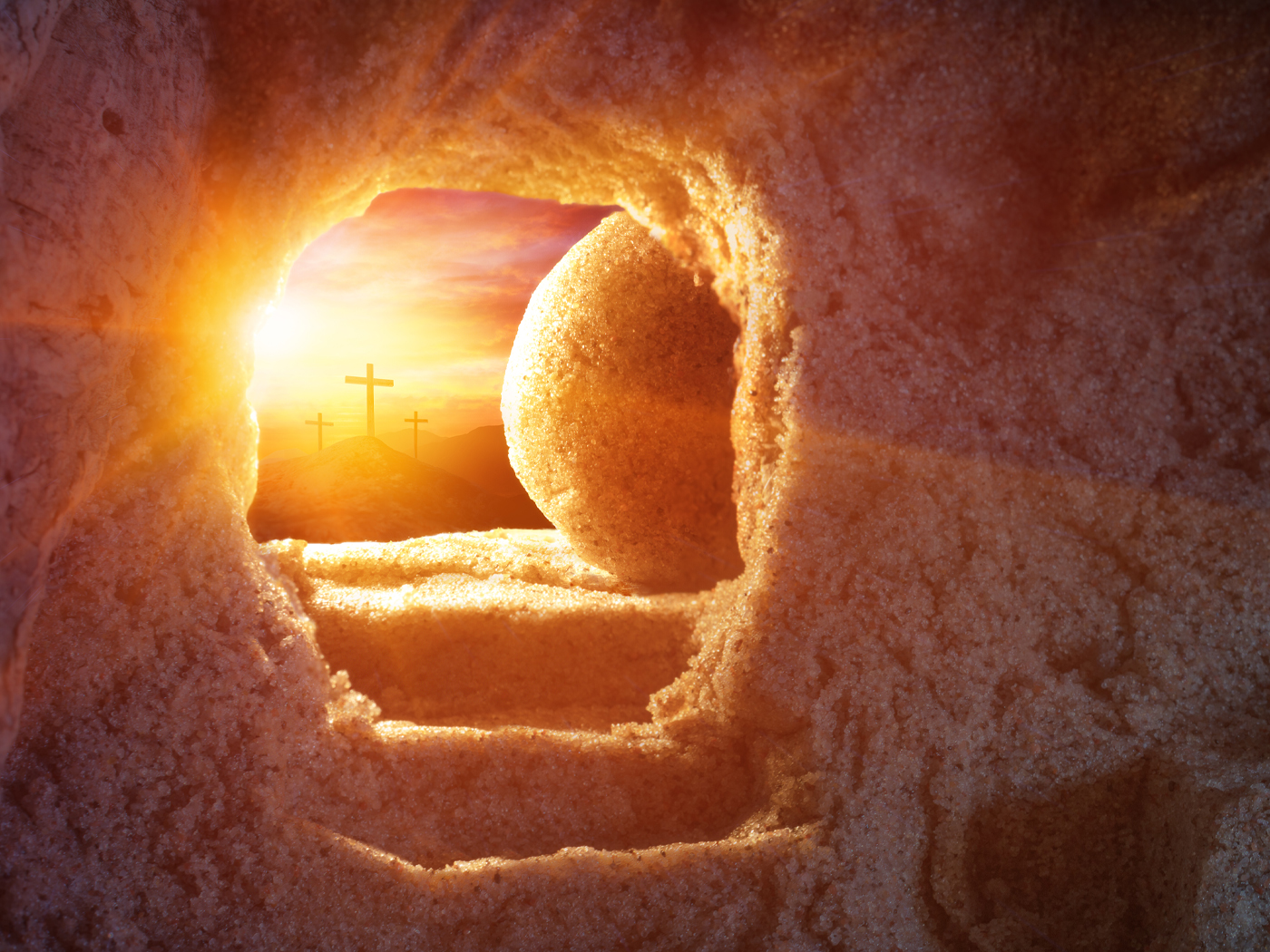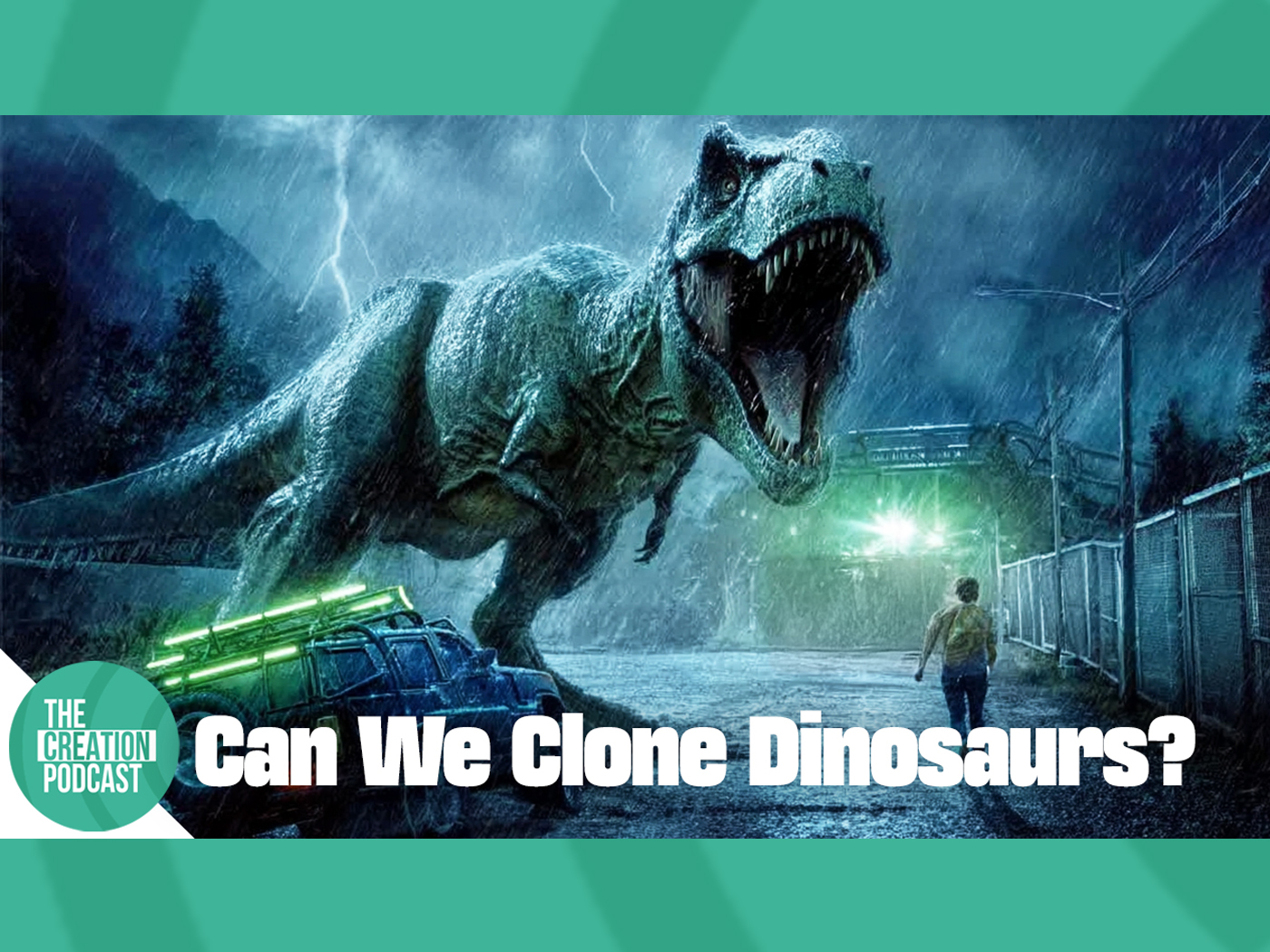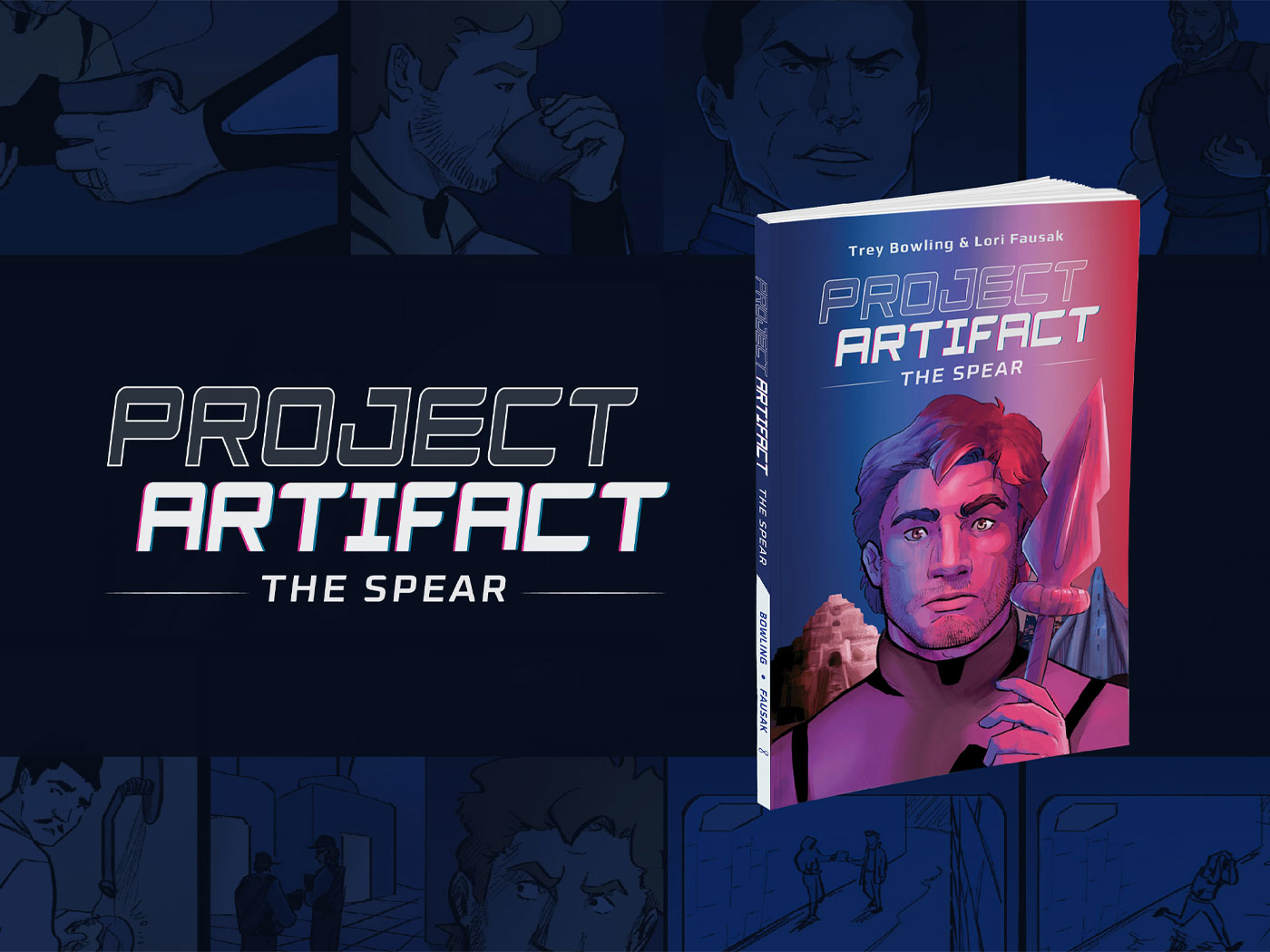Many scientists rely on the assumption that radioactive elements decay at constant, undisturbed rates and therefore can be used as reliable clocks to measure the ages of rocks and artifacts. Most estimates of the age of the earth are founded on this assumption. However, new observations have found that those nuclear decay rates actually fluctuate based on solar activity.
In 2009, New Scientist summarized a mysterious and inadvertent discovery. Brookhaven National Laboratories physicist David Alburger found that the nuclear decay rate of silicon-32 changed with the seasons.1
In a separate but similar instance, Stanford University reported that Purdue physicist Ephraim Fischbach accidentally found that nuclear decay rates sped up during the winter while analyzing data from both Brookhaven and the Federal Physical and Technical Institute in Germany.2
The conclusion was that something from the sun must be affecting the decay rates, and researchers suspect that solar neutrinos may be the cause.
Peter Sturrock, a Stanford physicist and expert on the sun's core, reviewed several technical papers that showed these odd correlations between the sun and radioactive systems. He knew that the sun's core rotates at a regular rate and has a "face" side that emits neutrinos more intensely. When the core's face swings around and is aimed at the earth, then the earth receives a more concentrated neutrino blast.
Sturrock found that every 33 days, when that part of the solar core faces earth, there is a corresponding change in the decay rate of radioactive materials.
These data have mystified physicists for more than one reason. For instance, there is no known theory to explain how or why neutrinos, which travelled through the entire earth before they struck and altered the rates of radioactive samples at night, would interact with atomic nuclei. "It's an effect that no one yet understands," Sturrock said in a university report.2 Some physicists have proposed that the sun may be emitting an as-yet-unknown particle to cause this effect.
But the fluctuating rates also fly in the face of the bedrock assumption that nuclear decay rates are constant. Sturrock said, "Everyone thought it must be due to experimental mistakes, because we're all brought up to believe that decay rates are constant."2 Some say the fluctuation is due to a computer glitch, but such speculation fails to account for the match between two separate patterns of earth-sun interaction--seasons and solar core rotations.
If the assumption of a constant rate is incorrect, then conclusions built upon that assumption are suspect, including certain dates assigned to artifacts and earth materials.
This actually does not surprise those scientists willing to investigate the possibility that radioactive decay rates are, in fact, not stable. For example, it has been reported that dates for the same rock from different nuclear decay systems are usually discordant.3 Also, whenever rocks that were witnessed forming--as when lava hardens--were later dated with methods that depend on these supposedly constant rates, they were always "dated" orders of magnitude older than the known, actual age.4
The implications of inconsistent decay rates in radioactive elements are vast. And those inconsistencies are real, calling into question evolutionists' adamant assertions of an ancient age for the earth.
References
- Mullins, J. 2009. Solar ghosts may haunt Earth's radioactive atoms. New Scientist. 2714: 42-45.
- Stober, D. The strange case of solar flares and radioactive elements. Stanford Report. Posted on news.stanford.edu August 23, 2010, accessed August 25, 2010.
- Woodmorappe, J. 1979. Radiometric Geochronology Reappraised. Creation Research Society Quarterly. 16 (2): 102-129.
- For example, one author listed 23 instances of long-age "date" assignments given to rocks of known recent age. See Snelling, A. 1999. "Excess Argon": The "Archilles' Heel" of Potassium-Argon and Argon-Argon "Dating" of Volcanic Rocks. Acts & Facts. 29 (1).
Image credit: NASA/JPL
* Mr. Thomas is Science Writer at the Institute for Creation Research.
Article posted on September 3, 2010.














